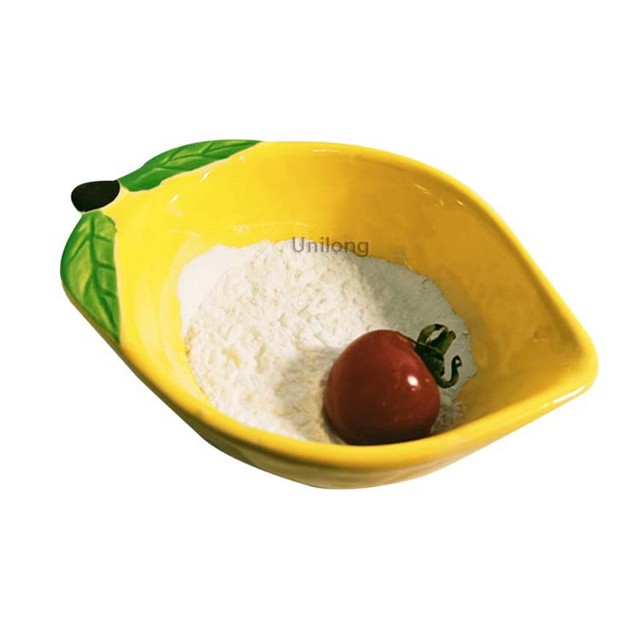What is 4,4′-Azobis(4-cyano-1-pentanol) CAS 4693-47-4?
4,4′-Azobis (4-cyanovaleric acid) CAS 4693-47-4 is a white to off-white solid at room temperature and pressure. It has significant acidity and poor chemical stability. It is poorly soluble in water but soluble in alcoholic organic solvents. . 4,4′-azobis(4-cyanovaleric acid) is a polymer initiator that is sensitive to strong light and can be used in the production of polyvinyl chloride, polyacrylonitrile, Production and preparation of polymers such as vinyl alcohol and synthetic optical fibers.
مواصفات
| البند |
القياسية |
| المظهر |
Light yellow to brown solid |
| نقطة انصهار |
75-85℃ |
| خسارة على تجفيف |
25%Max |
| نقاء |
95 ٪ مين |
| قيمة الرقم الهيدروجيني |
7—9 |
التطبيق
1.Application in polymerization reactions
4,4′-azobis(4-cyanopentanol) is an azo compound that can be used as an initiator for polymerization reactions. In the process of free radical polymerization, it can decompose to produce free radicals to initiate monomer polymerization. For example, in the polymerization reaction of vinyl monomers such as acrylates and styrenes, it can effectively control the initiation and rate of the polymerization reaction. The free radicals produced by its decomposition can initiate the opening of double bonds in the monomer molecules, and then connect to each other to form polymer chains.
This initiator has certain advantages, such as providing a relatively stable free radical generation rate under appropriate temperature conditions, so that the polymerization reaction can proceed smoothly, which is conducive to the synthesis of polymers with a narrow molecular weight distribution.
2.Role in the preparation of foaming materials
It can also be used to prepare foaming materials. In the preparation of foaming materials such as polyurethane, 4,4′-azobis(4-cyanopentanol) can participate in the reaction to produce gas, and the free radicals and other active groups produced by its decomposition also contribute to the crosslinking and curing of polymer matrices such as polyurethane. This dual effect enables the foaming material to form a uniform pore structure, and the size and distribution of the pores can be controlled by adjusting conditions such as their dosage, thereby improving the physical properties of the foaming material, such as reducing the material density, improving the material’s elasticity and cushioning properties, etc.
التعبئة والتغليف
25kg/كيس
















